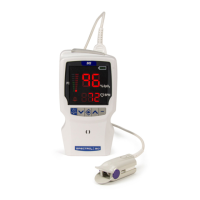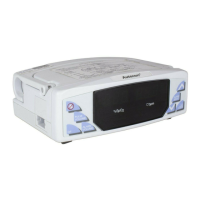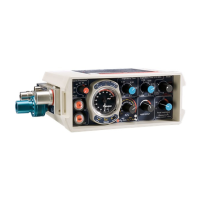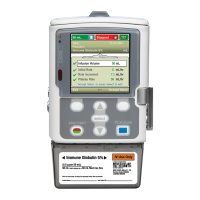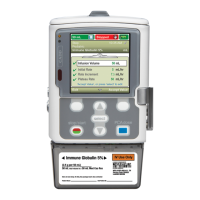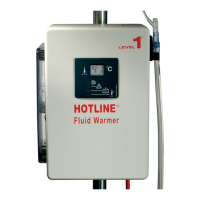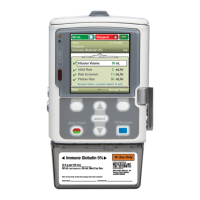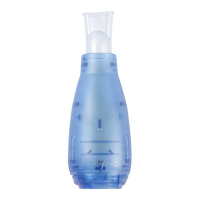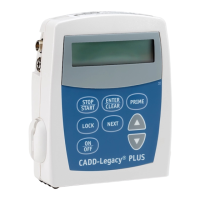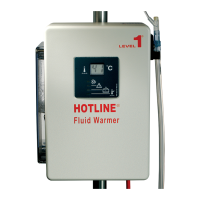Why is my Smiths Medical Equipment oximeter turning off unexpectedly?
- SSharon FrazierAug 21, 2025
Your Smiths Medical Equipment oximeter may be turning off unexpectedly because the batteries are weak or dead, and it is not connected to an AC power source. To resolve this, replace or recharge the batteries, or connect the device to an AC power source.


